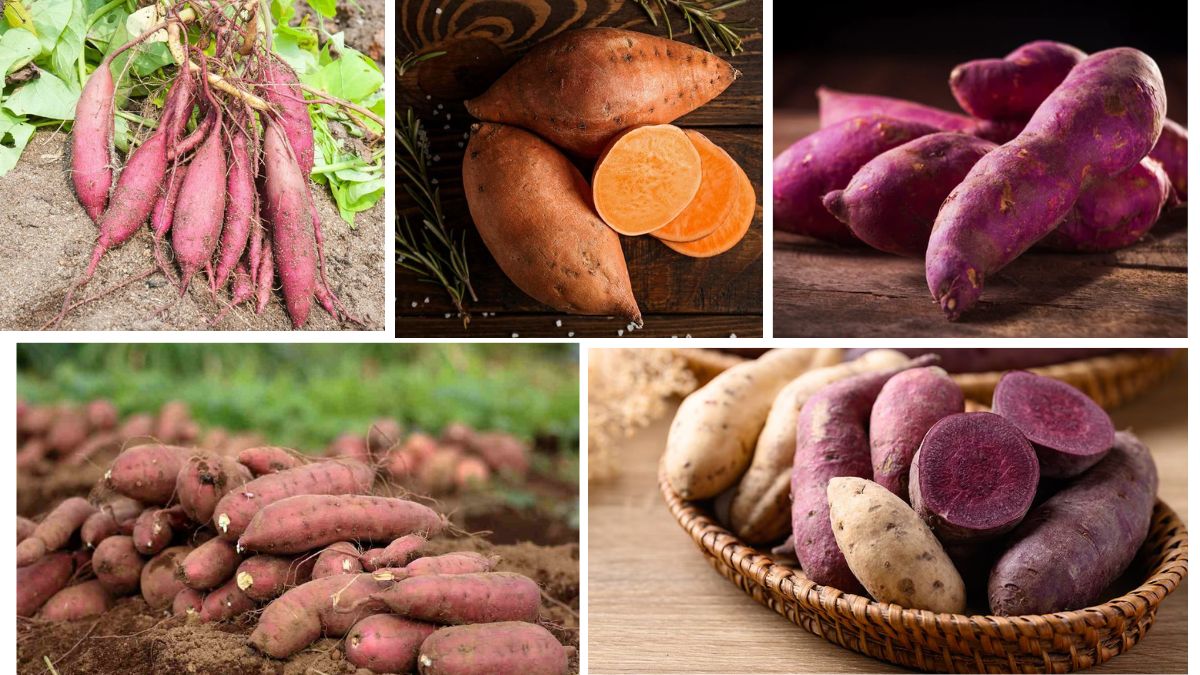Sweet potatoes, with their rich nutritional profile and versatile culinary applications, are a staple food in many regions of the world. From being boiled and baked to used in desserts and snacks, sweet potatoes hold immense economic and agricultural importance. But have you ever wondered which country leads the world in producing this humble yet powerful tuber? In this article, we will explore the largest sweet potato producer in the world, delve into production statistics, understand cultivation practices, and examine why this crop is critical to food security and rural economies.
A Brief Overview of Sweet Potatoes

The sweet potato (Ipomoea batatas) is a starchy root vegetable native to Central and South America. Despite its name, it is only distantly related to the common potato. Sweet potatoes come in various skin and flesh colors, including orange, purple, and white. They are a major source of carbohydrates, dietary fiber, and vitamins A and C, making them a highly nutritious crop.
Globally, sweet potatoes are cultivated in tropical and subtropical regions, thriving in warm, humid climates. Their ability to grow in poor soil and their relatively low input requirements make them a valuable crop for food security in developing countries.
Global Sweet Potato Production: A Snapshot
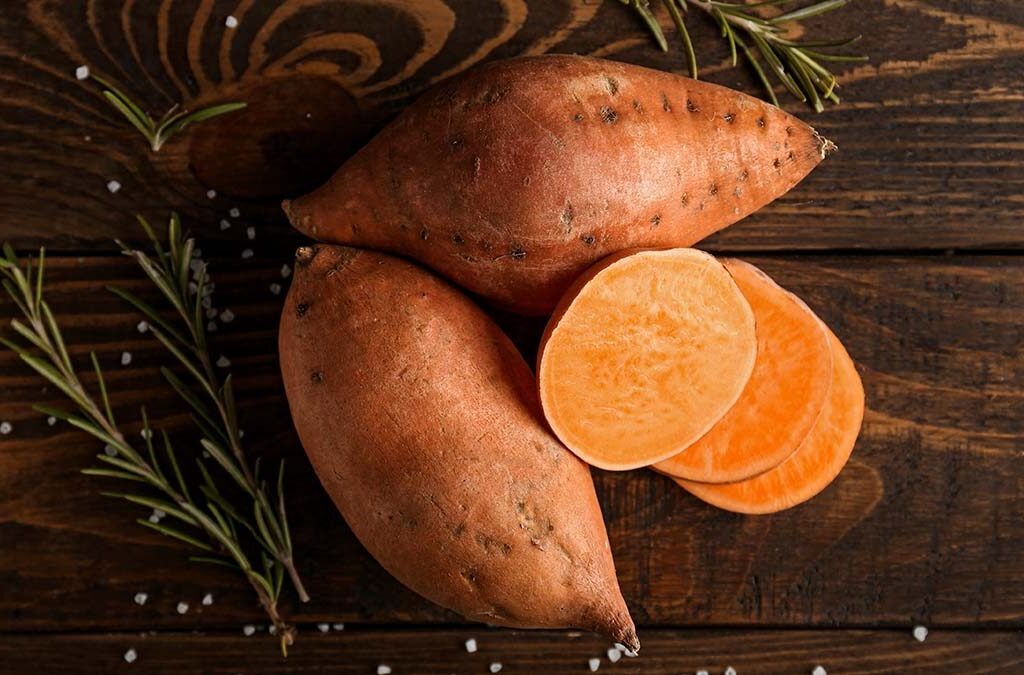
According to the Food and Agriculture Organization (FAO) of the United Nations, global sweet potato production reached approximately 89 million metric tons in recent years. The top sweet potato-producing countries include:
- China
- Nigeria
- Tanzania
- Uganda
- Indonesia
- Vietnam
- India
- The United States
However, China stands head and shoulders above the rest, consistently holding the title of the largest sweet potato producer in the world.
China: The Undisputed Leader in Sweet Potato Production
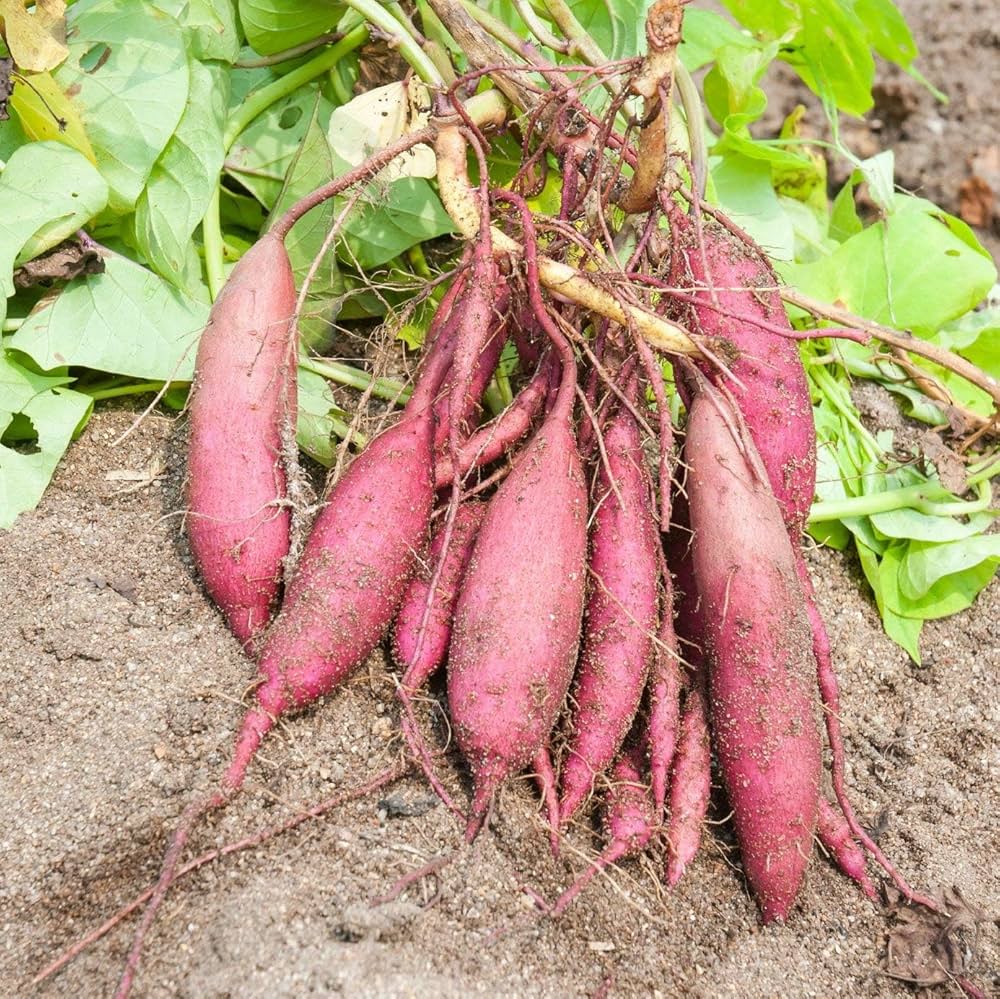
Production Scale and Statistics
China accounts for over 55% of the world’s total sweet potato production, producing approximately 49 million metric tons annually (FAO, latest available data). This is more than four times the production of the second-largest producer, Nigeria.
Historically, sweet potatoes became popular in China during the Ming Dynasty (1368–1644) after being introduced from the Americas. Over the centuries, the crop has become a key component of the Chinese diet, especially in rural areas.
Major Producing Regions in China
The leading sweet potato-producing provinces in China include:
- Shandong
- Henan
- Hebei
- Anhui
- Sichuan
These regions offer the ideal climatic and soil conditions for sweet potato farming. Shandong Province alone contributes significantly to national yields due to its well-established agricultural infrastructure and innovation in crop management.
Why Is Sweet Potato So Important in China?
- Food Security: Historically, sweet potatoes have helped combat famine in China due to their drought resistance and high yield.
- Economic Value: The crop is a source of income for millions of rural households. It’s used in various industries including food processing, alcohol fermentation, and animal feed.
- Versatility: Sweet potatoes in China are used to produce noodles, starch, flour, alcoholic beverages (like baijiu), and even biodegradable plastics.
Other Leading Sweet Potato Producers
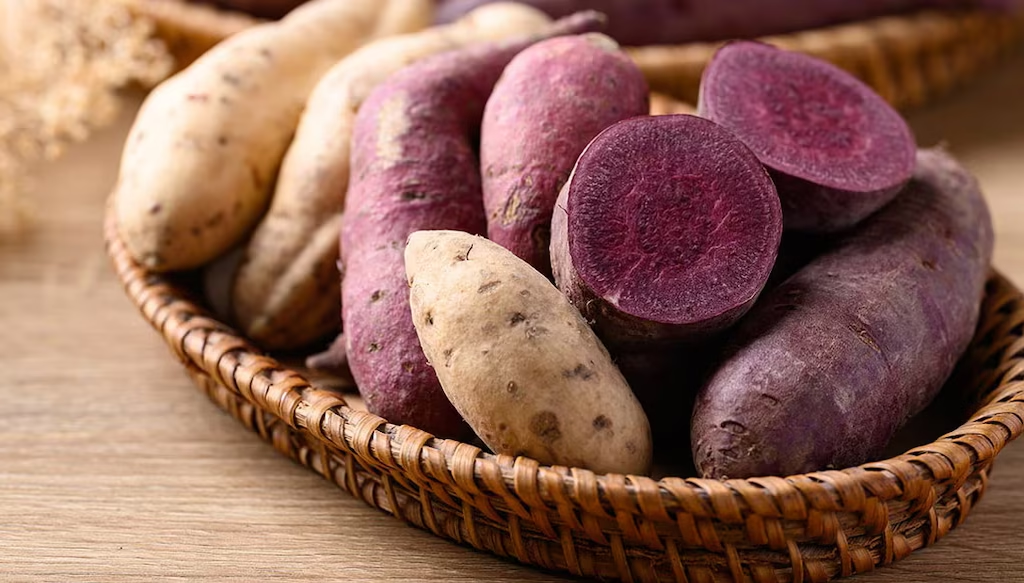
1. Nigeria
Nigeria is the leading producer in Africa and the second-largest globally, with production surpassing 4 million metric tons annually. Sweet potatoes are mainly grown in the northern and central states and serve as a vital food source.
2. Tanzania and Uganda
Both these East African countries are major contributors to Africa’s sweet potato production. In Uganda, the orange-fleshed variety is promoted due to its high vitamin A content.
3. United States
In the U.S., sweet potatoes are primarily grown in North Carolina, California, and Mississippi, producing around 1.5 million metric tons annually. They are valued more as a commercial crop than a staple food and enjoy popularity in holiday meals and health-conscious diets.
Sweet Potato Uses Around the World
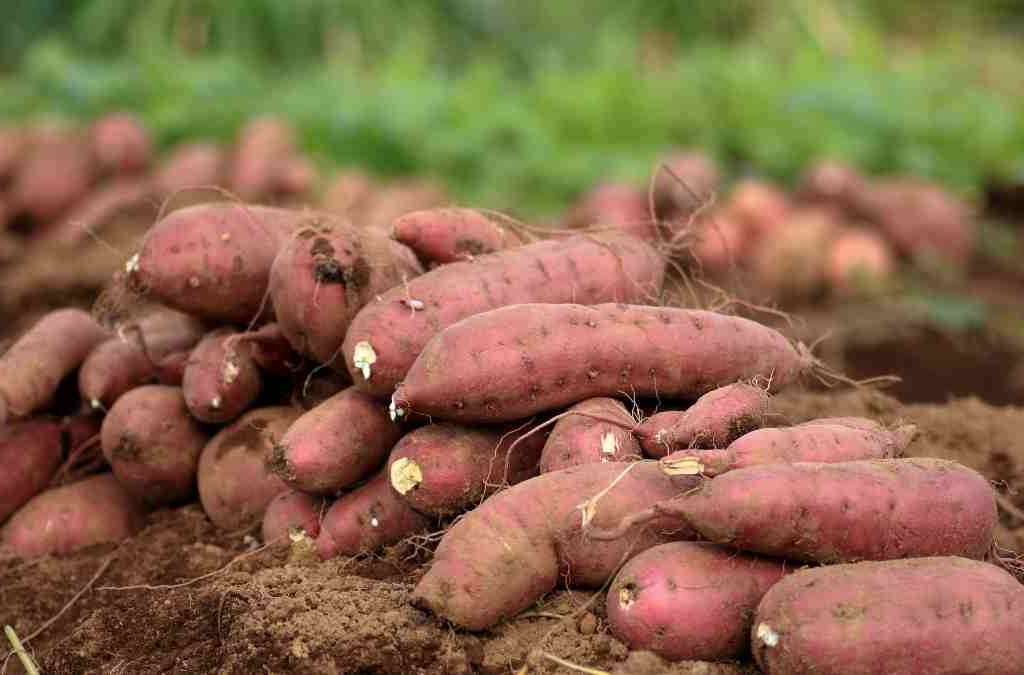
Sweet potatoes are consumed in a variety of ways depending on the region:
- China: Noodles, steamed slices, starch for industrial use.
- Japan: Roasted sweet potatoes (Yaki Imo), tempura, sweets, and liquor.
- USA: Mashed, baked, or turned into fries and pies.
- Africa: Boiled, roasted, or made into porridge or chips.
- Latin America: Included in soups, stews, and desserts.
Sweet Potato Cultivation: Agricultural Practices
Sweet potato farming is relatively low maintenance but requires strategic planning for high yields:
Ideal Conditions
- Climate: Warm temperatures (21°C–26°C)
- Soil: Well-drained sandy loam with good organic matter
- Rainfall: Moderate rainfall or access to irrigation
Farming Techniques
- Propagation: Through vine cuttings rather than seeds
- Crop Rotation: Often rotated with legumes or maize to maintain soil health
- Pest Management: Common pests include weevils and fungal diseases, which require careful monitoring and organic pest control measures.
In China, many farmers have adopted modern farming techniques, including:
- Drip irrigation
- Greenhouse propagation
- Mechanized harvesting
- Research-driven seed improvement
Economic and Nutritional Significance
Nutritional Benefits
- Rich in Beta-Carotene: Especially the orange-fleshed varieties
- High in Dietary Fiber: Aids digestion and promotes gut health
- Low Glycemic Index: Ideal for diabetics
- High in Antioxidants: Purple varieties are particularly rich in anthocyanins
Economic Impact
- Provides livelihood for smallholder farmers
- Boosts agro-processing industries
- Offers export opportunities (especially for U.S., China, and Vietnam)
Challenges Facing Sweet Potato Producers
While sweet potato is a hardy crop, producers face several challenges:
- Climate Change: Increased droughts and floods affect yields.
- Pests and Diseases: Weevils and viral infections can devastate crops.
- Market Access: Small farmers, particularly in Africa, struggle to reach profitable markets.
- Post-Harvest Losses: Limited cold storage and processing infrastructure lead to high spoilage.
China, however, has been at the forefront in addressing many of these issues through:
- Technological innovation
- Government subsidies
- Research institutes focused on root and tuber crops
Conclusion
To answer the question definitively: China is the largest sweet potato producer in the world by a wide margin, contributing more than half of global production. Its dominance is backed by historical cultivation, massive rural involvement, government support, and a well-integrated agricultural system.
Sweet potatoes play a vital role not only in food security and nutrition but also in the economic livelihoods of millions across continents. As the world focuses more on climate-resilient and nutritious crops, the humble sweet potato may continue to rise in prominence—with China leading the way.
